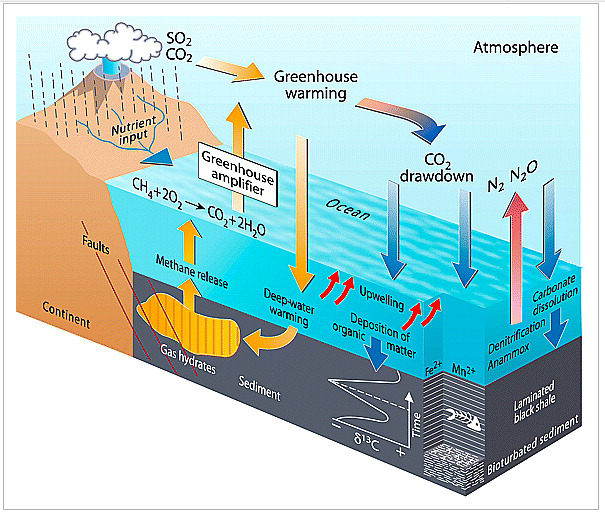
Figure 7. Model to illustrate the variety of geochemical processes characteristic of OAEs. Volcanism, through the venting of greenhouse gases, initiates global warming; increased acidification of the oceans from dissolution of CO2 and SO2 causes increased carbonate dissolution; and methane release from gas hydrates, triggered either by warming of bottom waters and the subjacent sedimentary pile and/or synsedimentary faulting, produces further increase in temperature in seawater and atmosphere. The hydrological cycle accelerates with increased nutrient flux to the oceans; upwelling intensifies, as does organic productivity. As depicted in this early phase of the OAE, oxygen depletion has advanced to a state where denitrification and the anammox process have reduced nitrate and nitrite, such that nitrous oxide (a potent greenhouse gas that would promote further global warming) and elemental dinitrogen are being lost from the ocean. Organic-rich sediments change from bioturbated to laminated (rich in fish remains) as the benthos is excluded from the sea bottom by the spread of anoxic conditions. Manganese is fixed as early diagenetic carbonate phases at or just below the seafloor; iron is fixed as pyrite below the seafloor. The carbon isotope profile illustrated shows the effect of a global increase in carbon burial, causing a positive δ13C excursion interrupted by a negative excursion produced by the input of isotopically negative methane and its oxidation product carbon dioxide. Inspired by Weissert [2000].
|
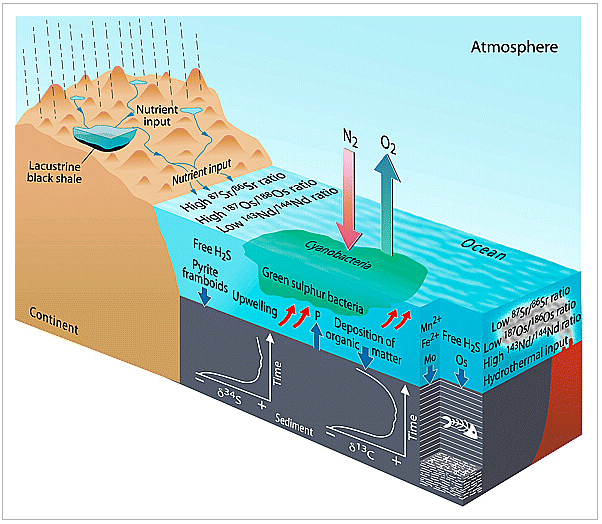
Figure 8. Model to illustrate the variety of geochemical processes characteristic of OAEs. As depicted in this more extreme stage of the OAE, large tracts of the water column have advanced to sulfate reduction (free H2S: euxinic conditions), with the precipitation of pyrite framboids in the water column. In the absence of dissolved nitrate, but in the presence of upwelled phosphate released from organic-rich sediments, nitrogen-fixing cyanobacteria can thrive in near-surface illuminated environments, as can green sulfur bacteria in slightly deeper parts of the photic zone where free H2S is present. Molybdenum and osmium are drawn down into pyritic organic-rich shales under euxinic conditions. The isotopic ratios of osmium, neodymium, and strontium reflect the balance between fluvial input, related to the weathering of continental materials, and fluxes from volcanic and hydrothermal sources. In euxinic bottom waters hydrothermally sourced radiogenic neodymium can be dispersed laterally, rather than being precipitated in metalliferous (Fe–Mn) oxyhydroxides (such phases would not be stable), and find its way into fish skeleta accumulating on the seafloor. An intensified hydrological cycle and increase in continental weathering would stimulate organic productivity not only in oceans but also in large lakes, thereby favoring development of coeval lacustrine organic-rich facies. The carbon and sulfur isotope profiles illustrated show the effect of a global increase in marine carbon burial, causing a positive δ13C excursion, and an increase in global pyrite fixation, causing a positive δ34S excursion.
|
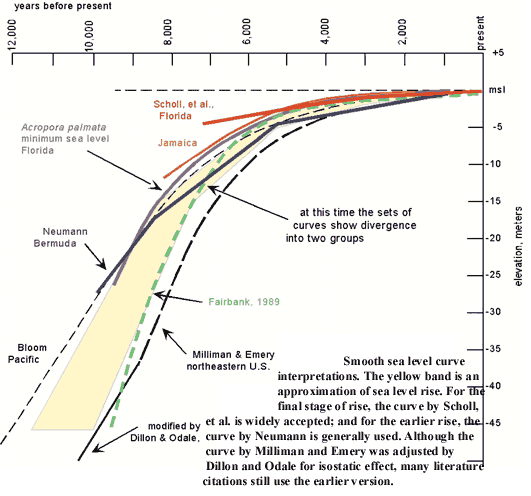
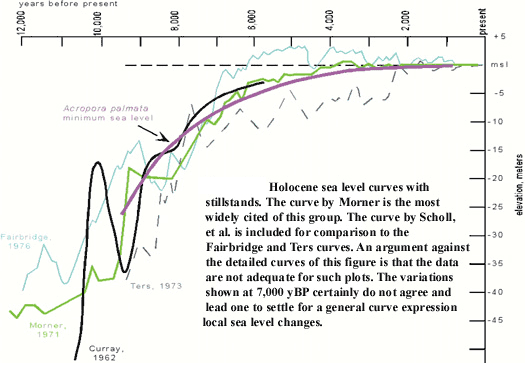 Holocene Sea Level Rise
Holocene Sea Level Rise
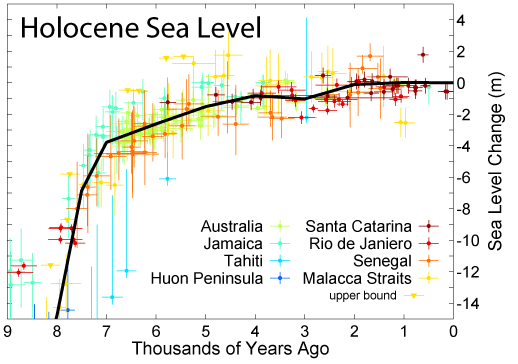
/Image2477.gif)
/Image874.gif)
/Image871.gif)
/Image872.gif)
/Image873.gif)
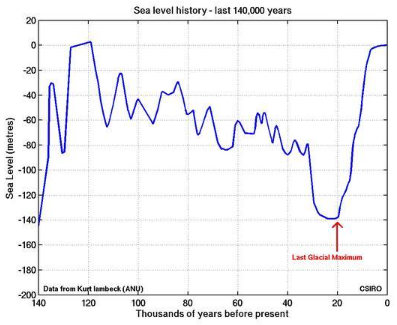
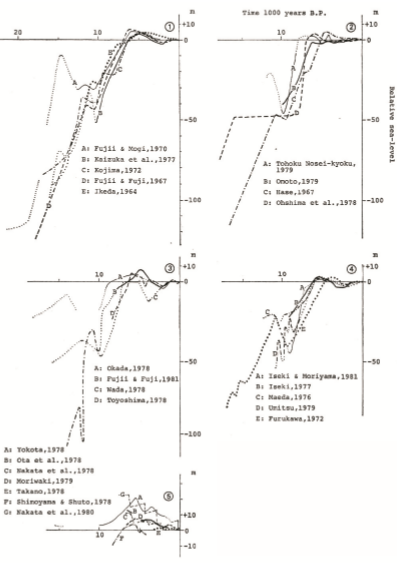
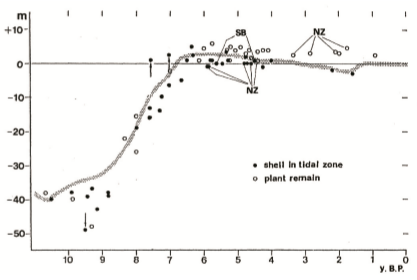

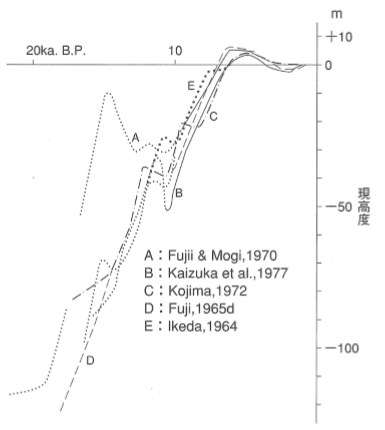
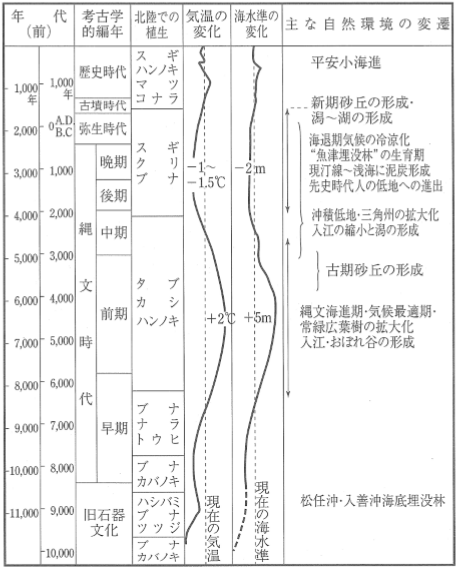
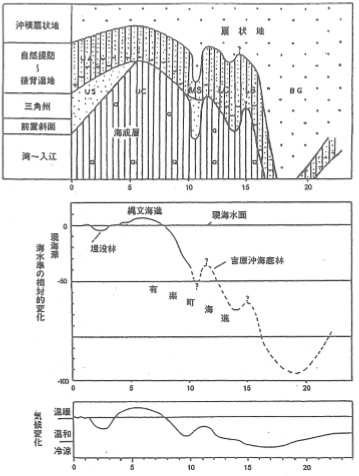


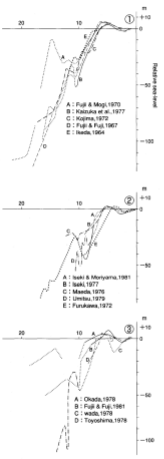
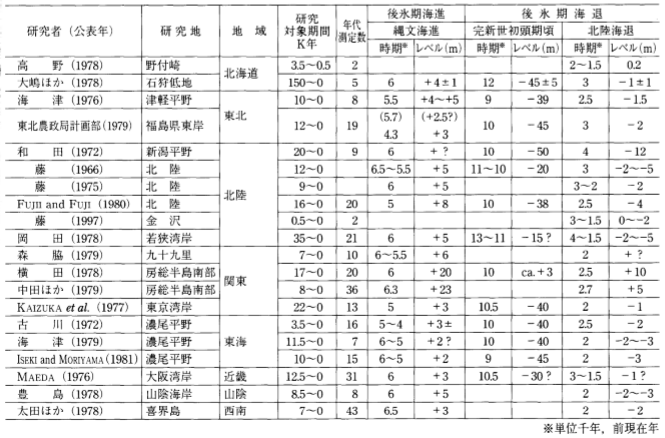
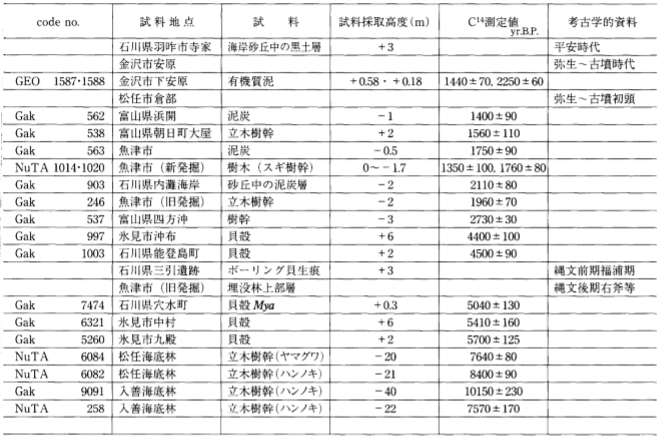
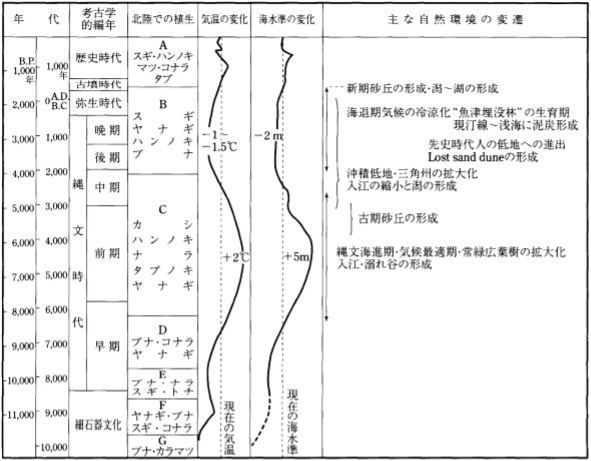

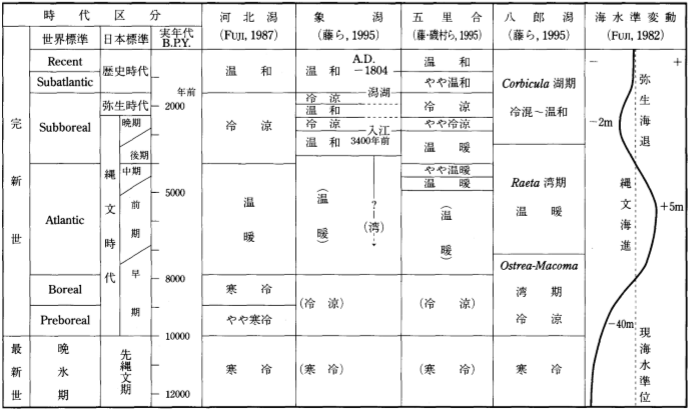
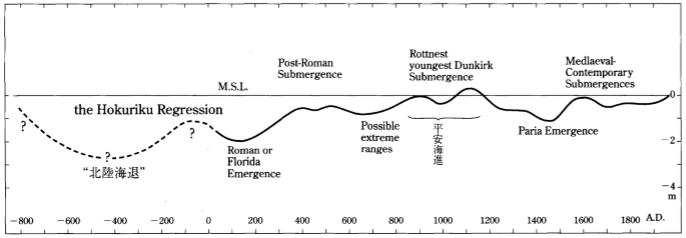

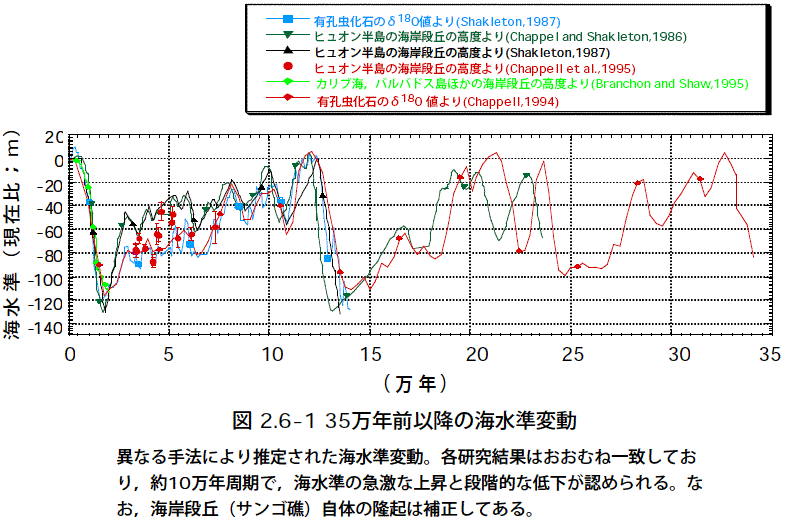
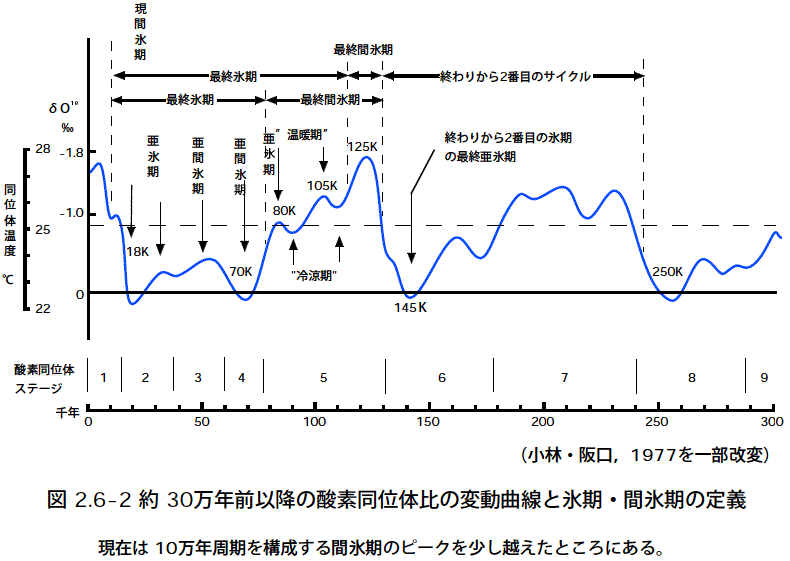
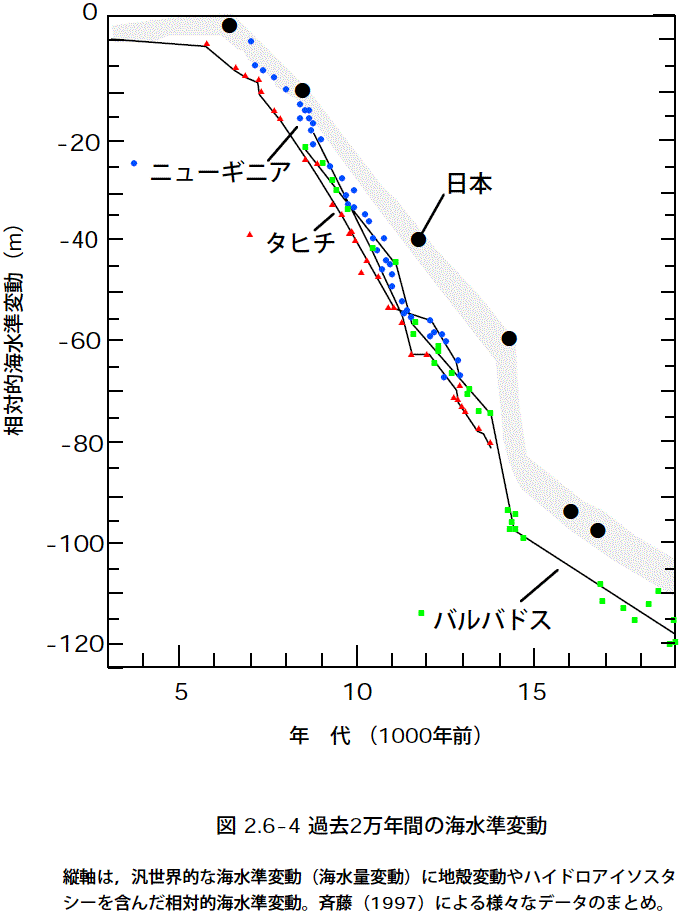
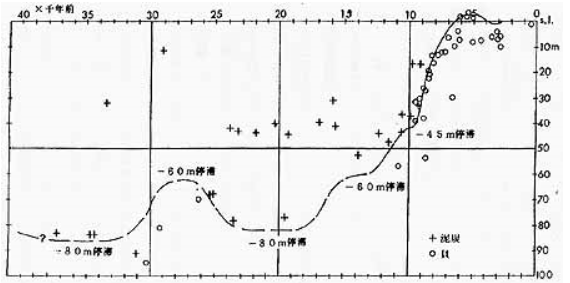
/Image868.gif)
/Image869.gif)
/Image870.gif)
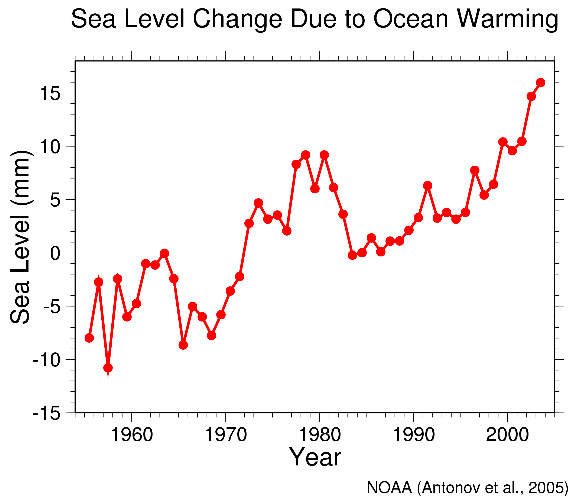
/Image2518.gif)
/Image2517.gif)


/Image2522.gif)
/Image2521.gif)
/Image2519.gif)
/Image2520.gif)